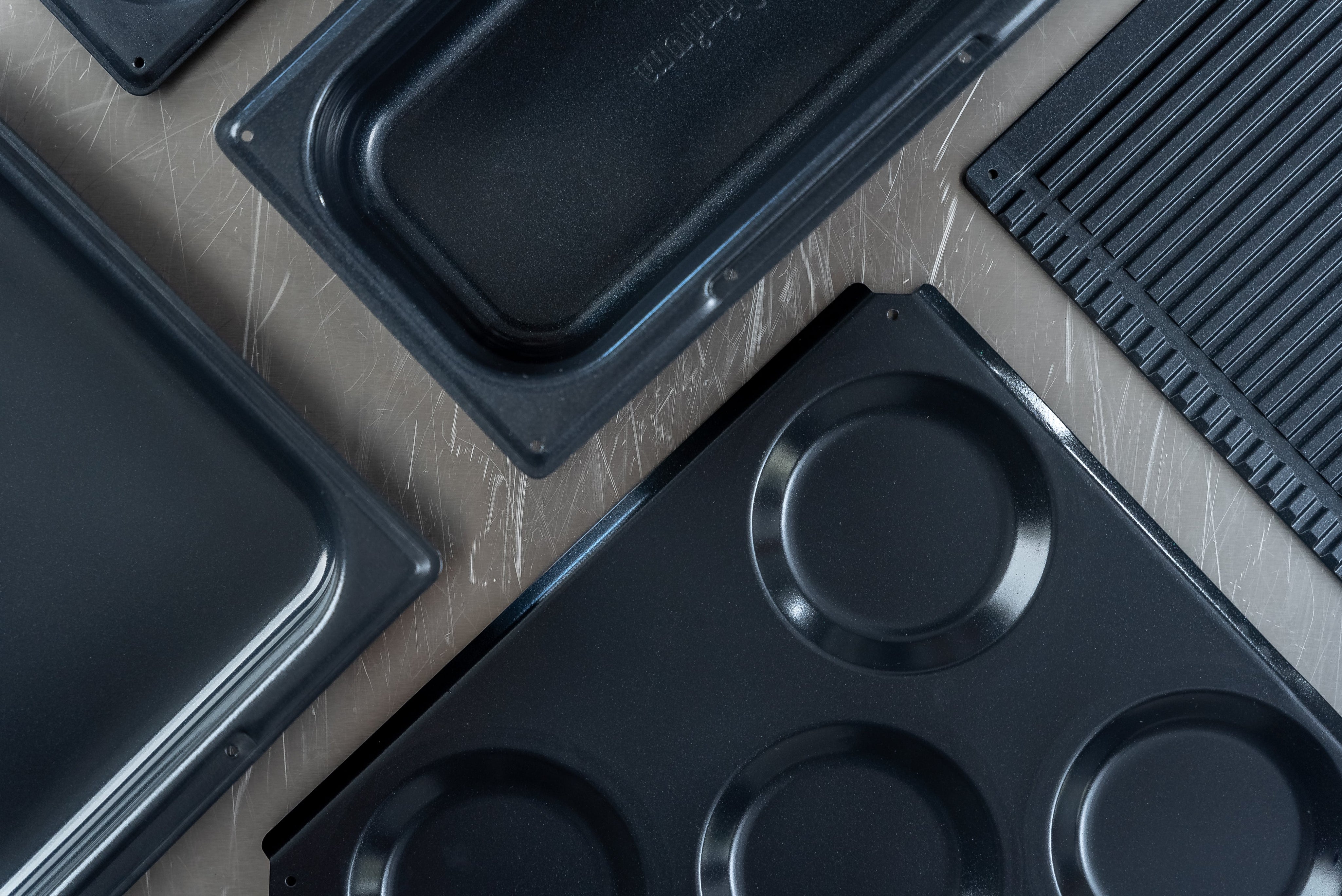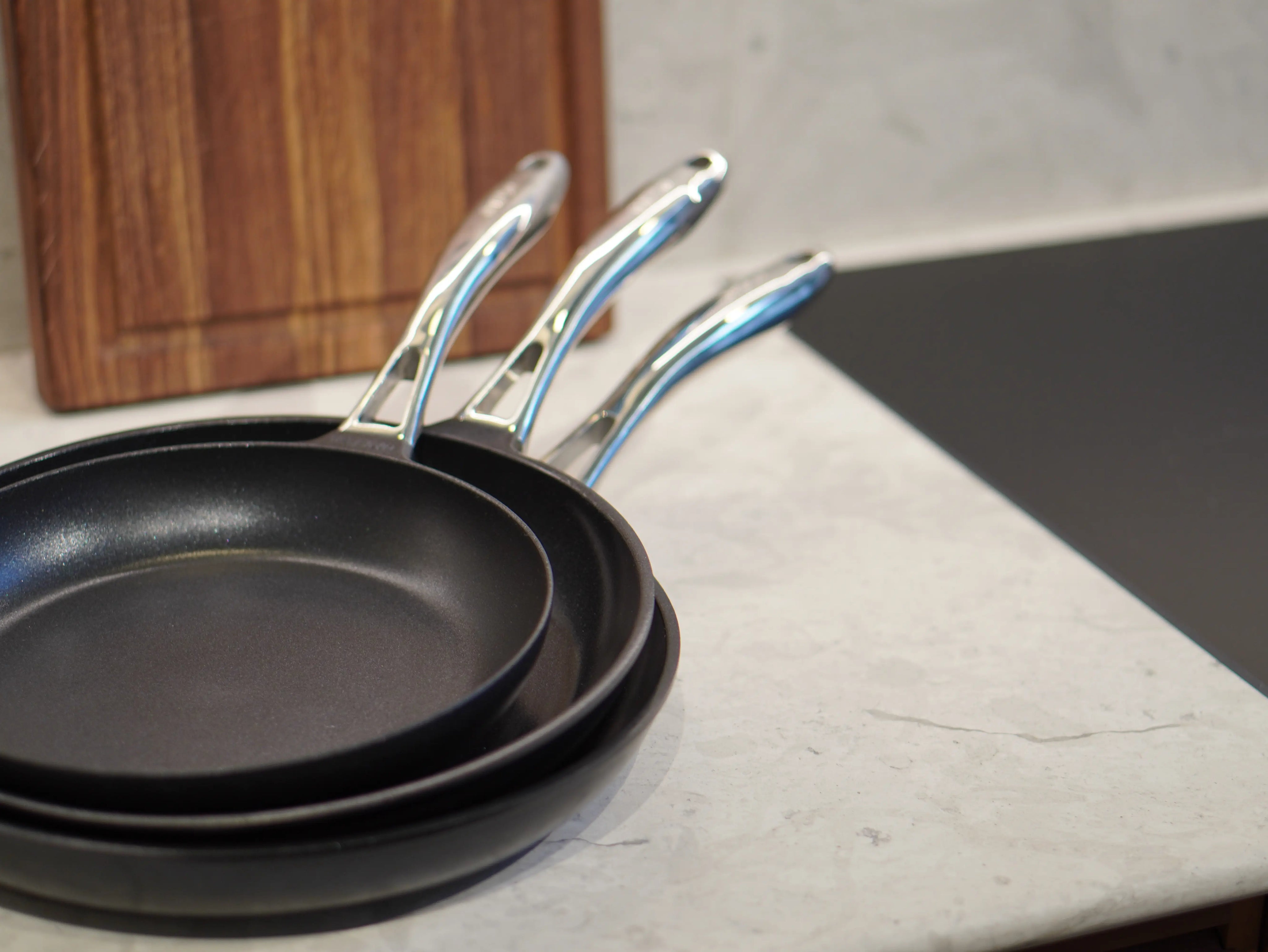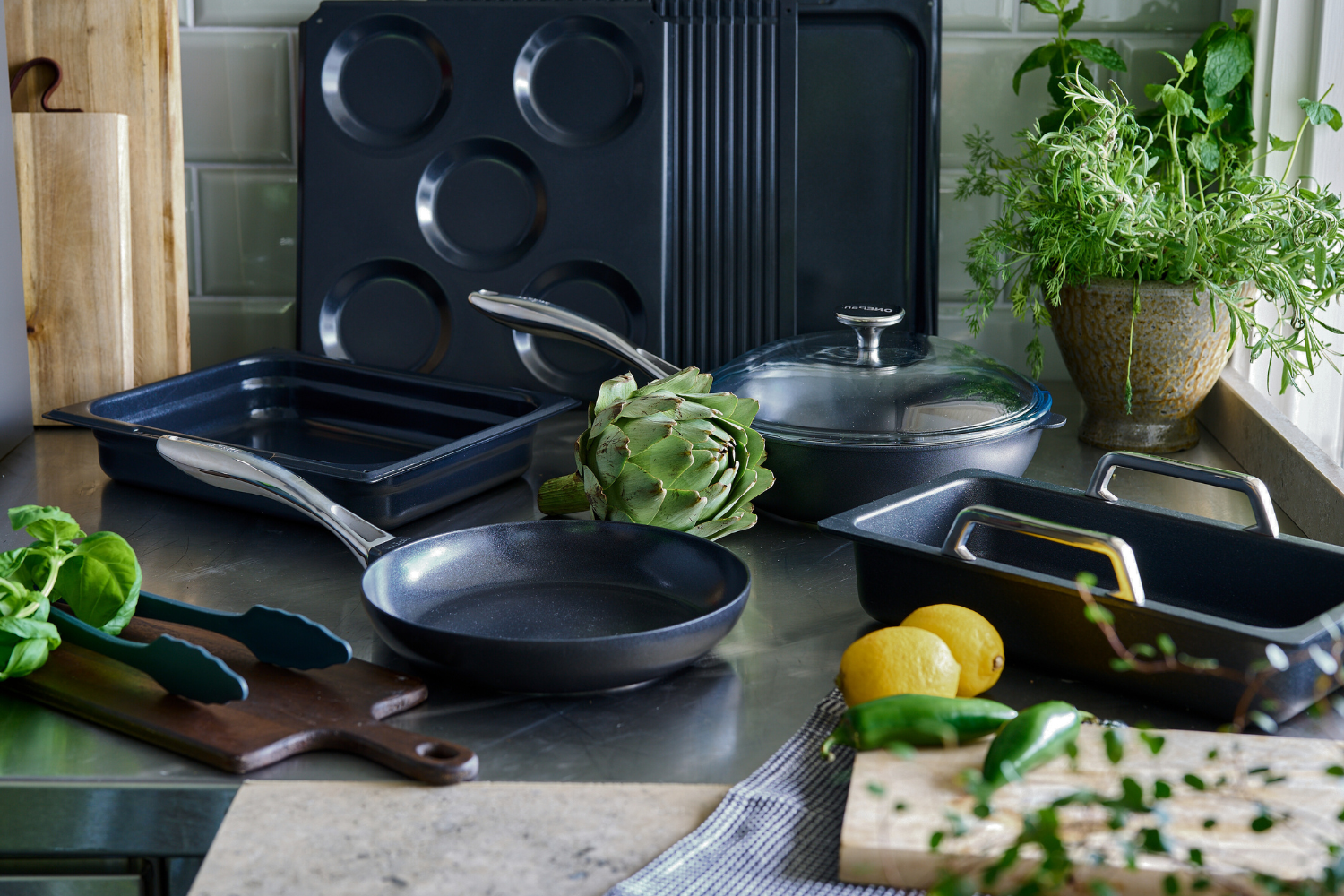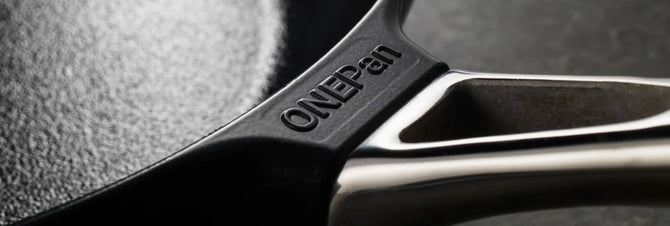OnePan is designed to withstand everything – metal utensils, oven, high temperatures, open fire, and dishwasher. To make your OnePan, like other items in your home, last longer, we recommend taking care of it with love and following our advice below. This way, you won’t need to restore the coating as often, which is good for both your wallet and the environment.
About PFAS-free coatings
PFAS is a nasty group of chemicals used to repel dirt from various surfaces (e.g., frying pans, ski wax, makeup, and functional clothing). PFAS is called "the forever chemical" because it can never be broken down by nature. Unfortunately, PFAS is found in the water we drink and the air we breathe. Research has also shown that PFAS is carcinogenic and hormone-disrupting, which can affect fertility, for example. You can feel completely safe knowing that OnePan’s products are completely free from all PFAS chemicals, not just some – like PFOA.
Our frying pans and trays are instead coated with a ceramic nonstick coating that is completely harmless to both the body and nature.
To get the best out of your OnePan and its PFAS-free coating, both in terms of lifespan and quality, here are our best tips and tricks:
Avoid overheating an empty frying pan
An empty frying pan on high heat with nothing in it to fry will instead cook the coating. A tip to see when the pan is ready is to add oil or butter before heating it. This gives you an indication of when the pan is hot enough to start frying. Put the food in the pan as soon as the oil or butter has heated up to avoid overheating the pan.
Cleaning your frying pan
One of OnePan’s best features is the coated surface that prevents food from sticking, which also makes the pan very easy to clean. The best way to clean a non-stick pan to extend its lifespan is to wash it thoroughly by hand with warm water and green soap. Clean it so carefully that no dull surfaces remain afterward. When you’re done, you can wipe it with a microfiber cloth to get a shiny surface.
Kitchen utensils
Unlike non-stick frying pans containing PFAS, you can use all types of utensils with a OnePan, including metal utensils, since scratches are completely harmless. However, the coating lasts longer if you only use utensils made of softer materials, like wood or silicone, when cooking with or cleaning your frying pan.
Burnt food in the frying pan
Have you got burnt spots in the pan where everything sticks? Often, food that hasn’t been fully washed off can burn on and form a layer on the pan. Try, when your OnePan has cooled, pouring in cold water to cover the burnt area. Place it on the stove and let the water boil for a few minutes. Then wash the pan thoroughly by hand with soap. Polish with a microfiber cloth until the surface is shiny. This can restore better non-stick function.
Excess fat in the frying pan after frying
If you have fried something that releases a lot of fat, wipe out the fat from the frying pan with a paper towel before washing it. This makes it easier to clean and more environmentally friendly and better for your drain.
Storage of your kitchen utensils
Your OnePan was delivered in a fabric bag, which – believe it or not – used to be hotel bed linens. We used it to protect your frying pan during its journey to you – but it’s also good for protecting your OnePan in your kitchen so it doesn’t get scratched or rubbed against other pans and pots in your cabinets.
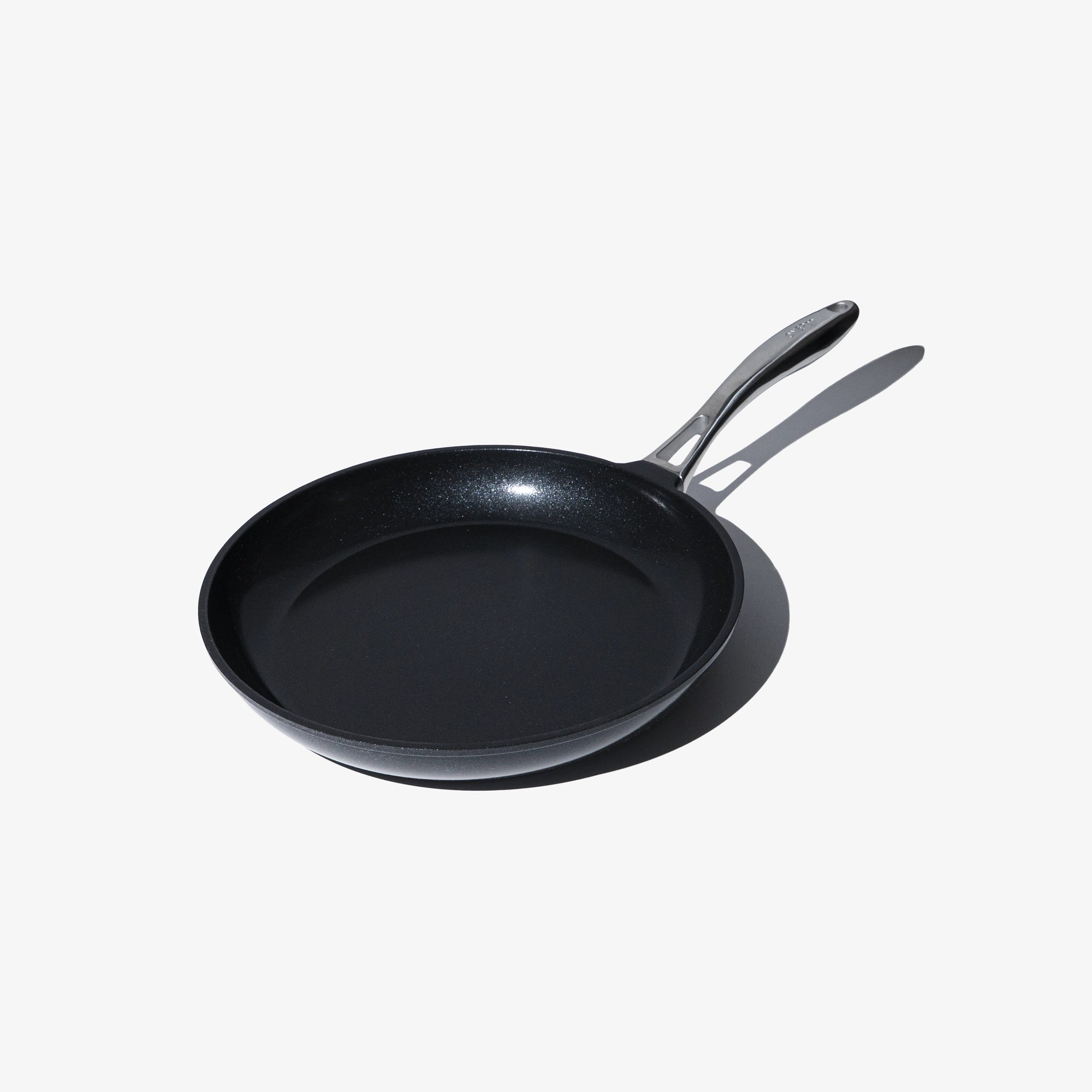
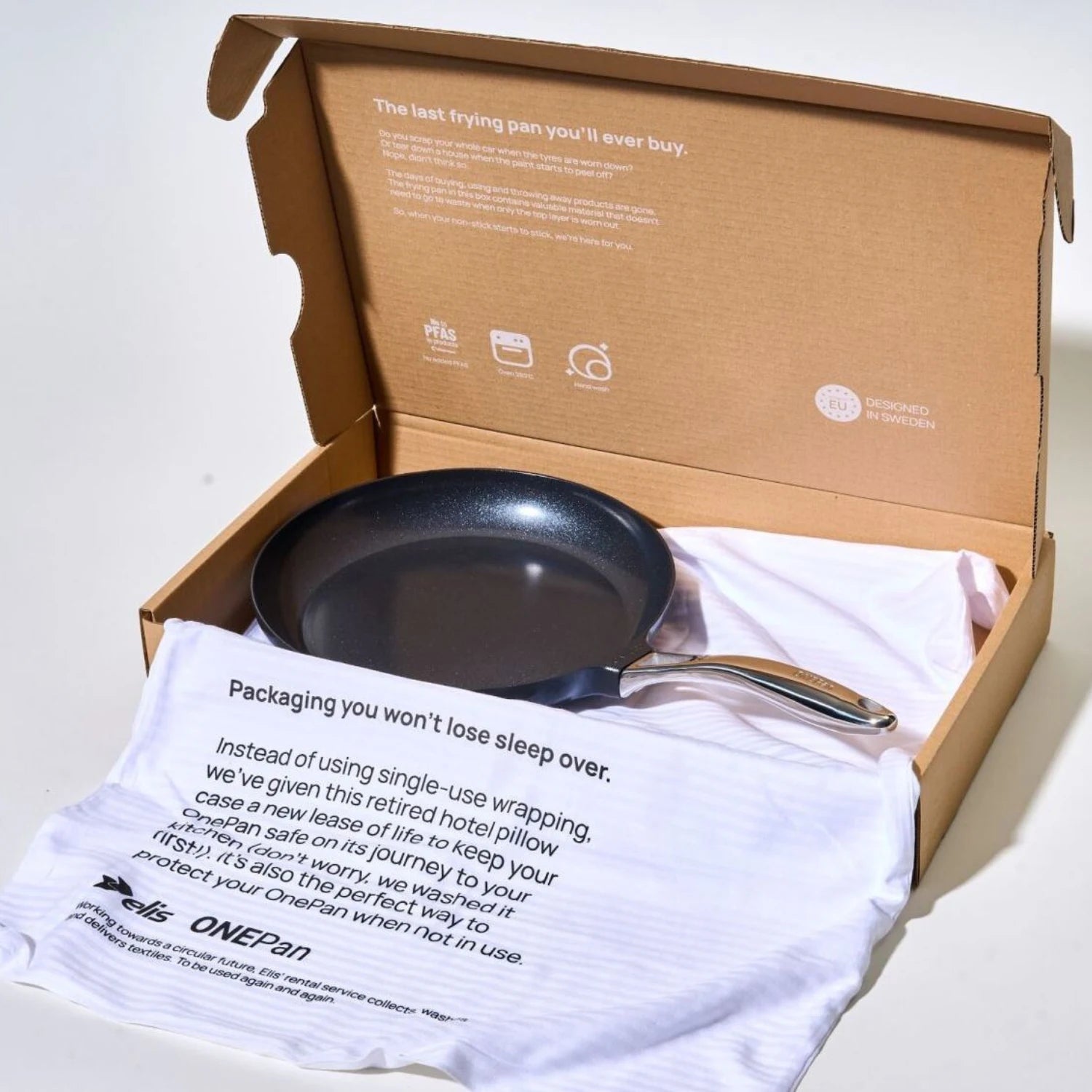
Perfect for everyday dinners and the family's favorite dishes
1 441 SEK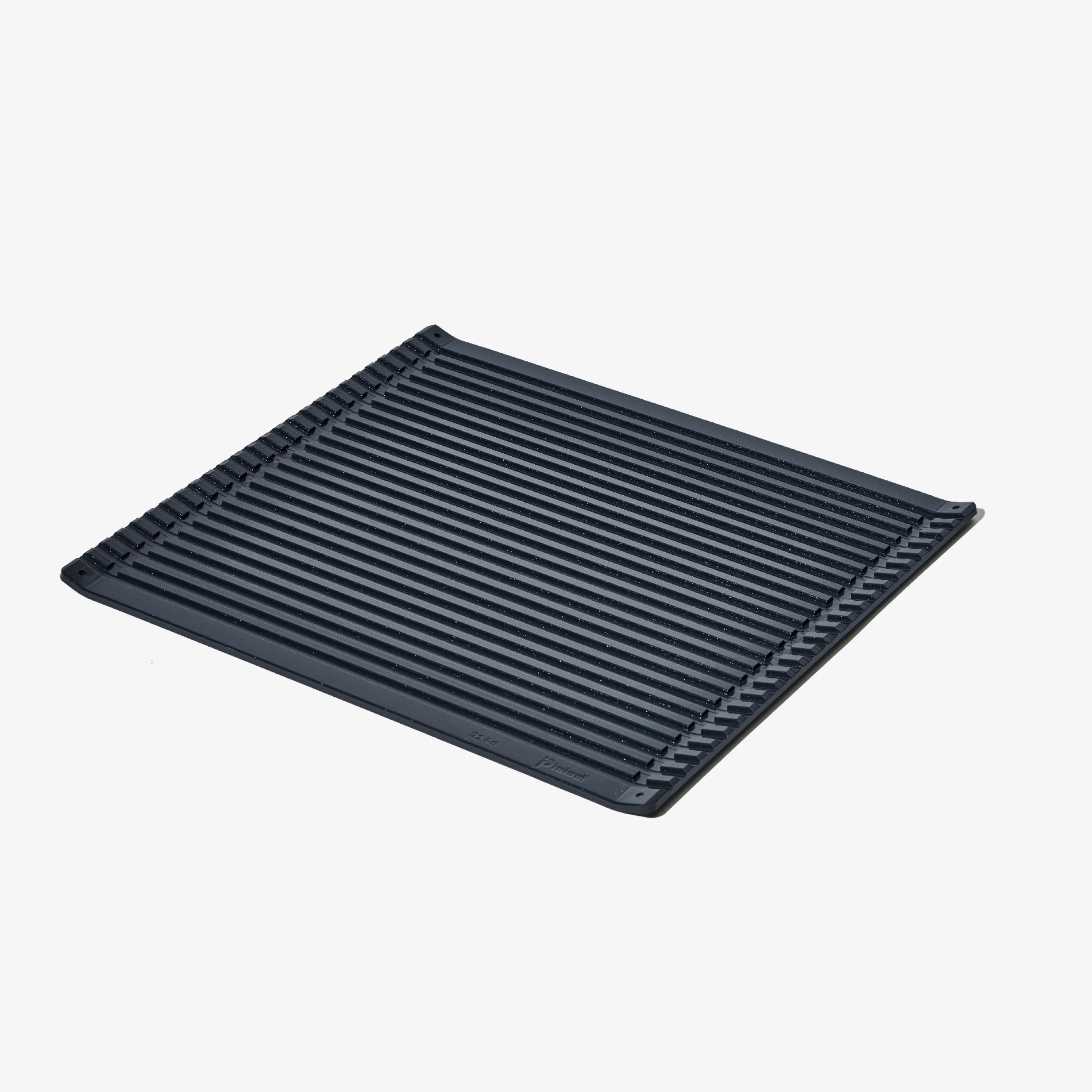
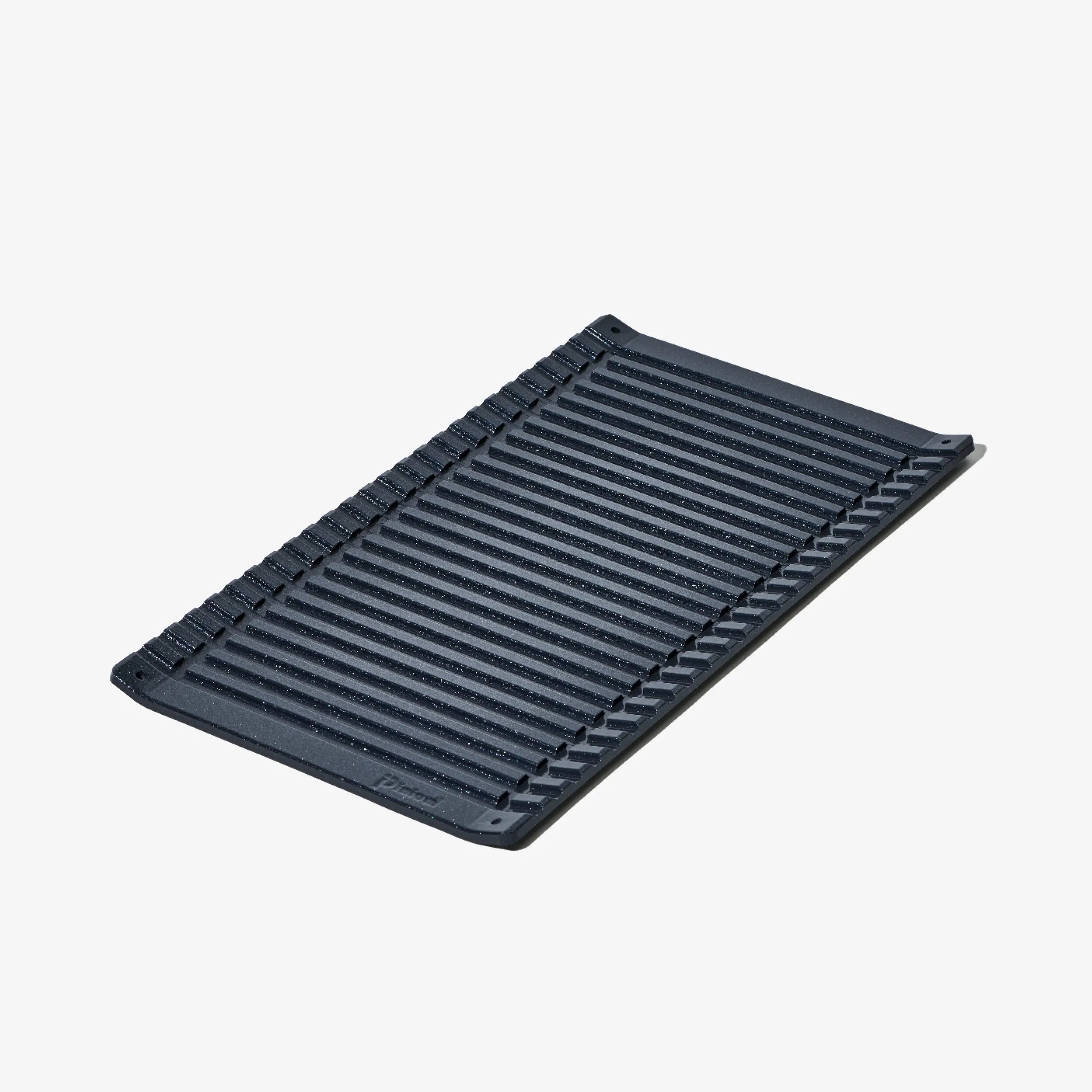
Perfect for grilled chicken, fish, and pizza in the oven
From 417 SEK

Perfect set for everything from dinner for two to family party
2 195 SEK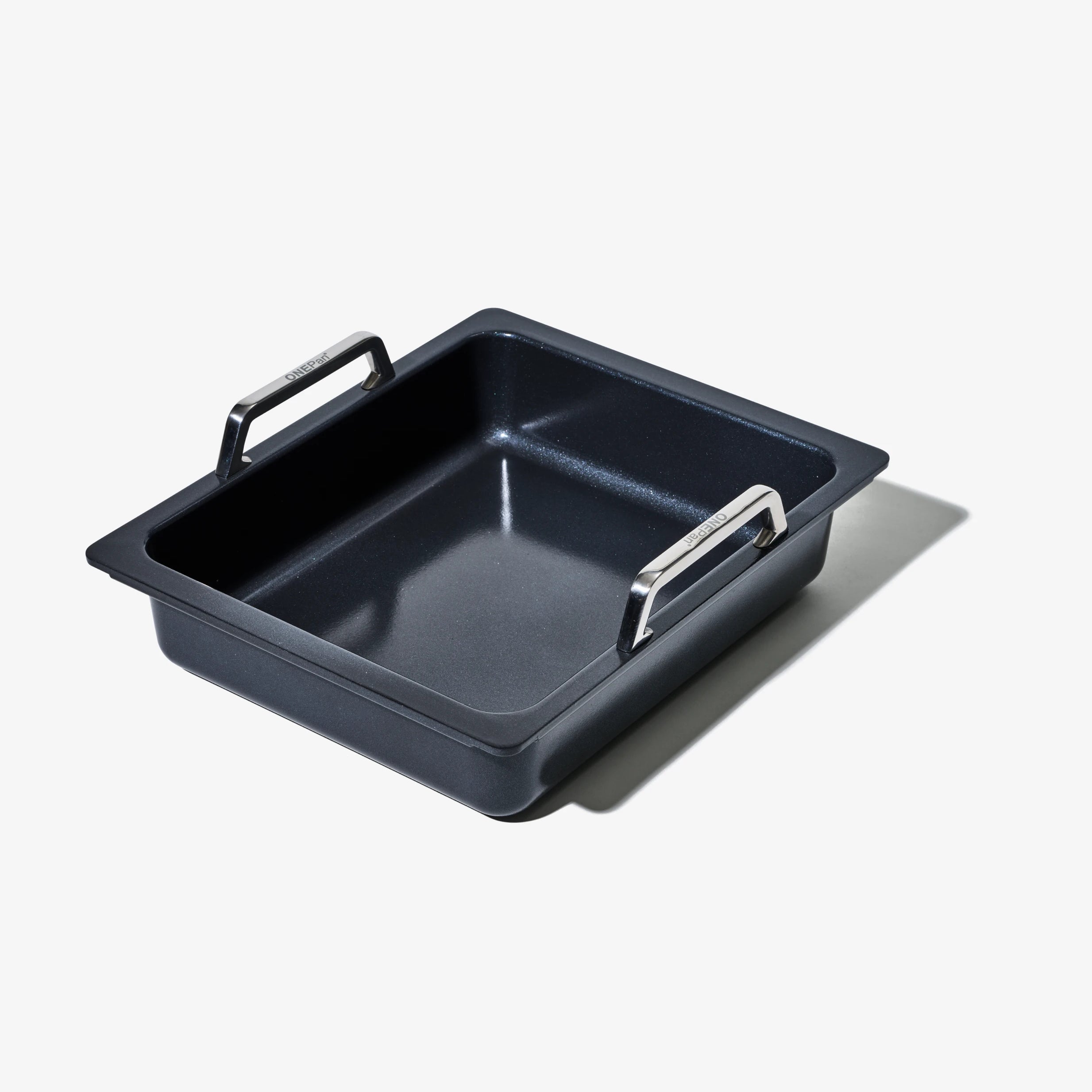
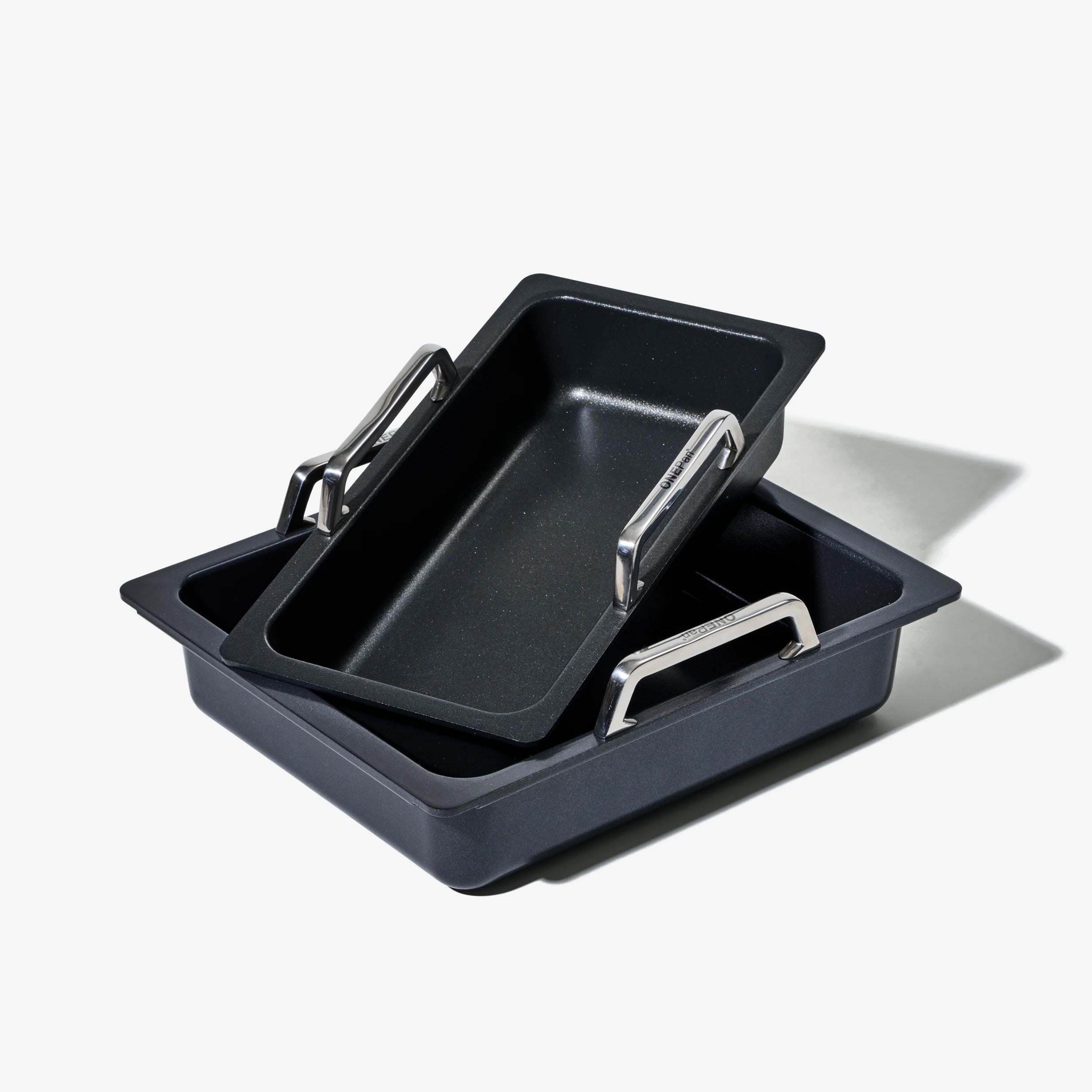
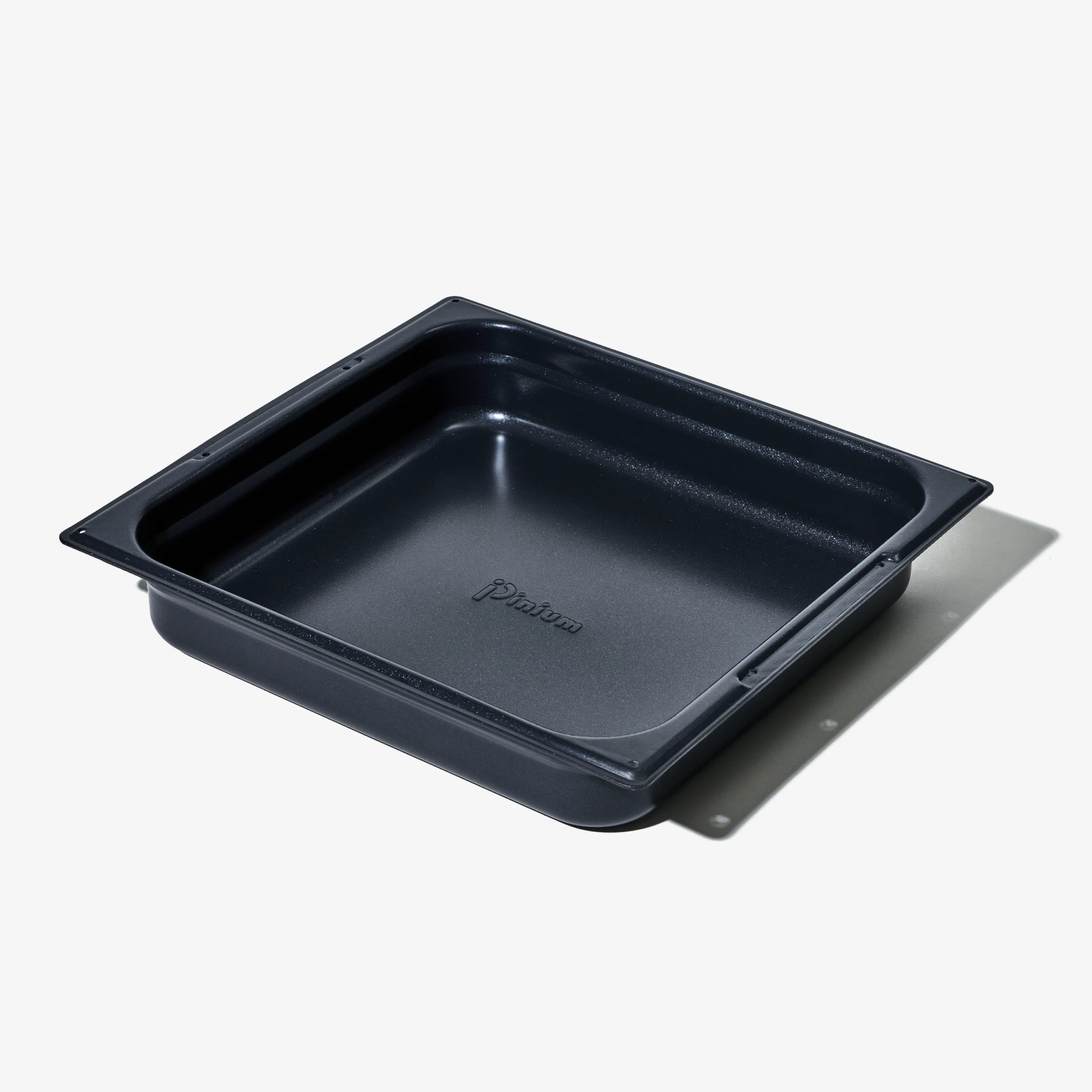
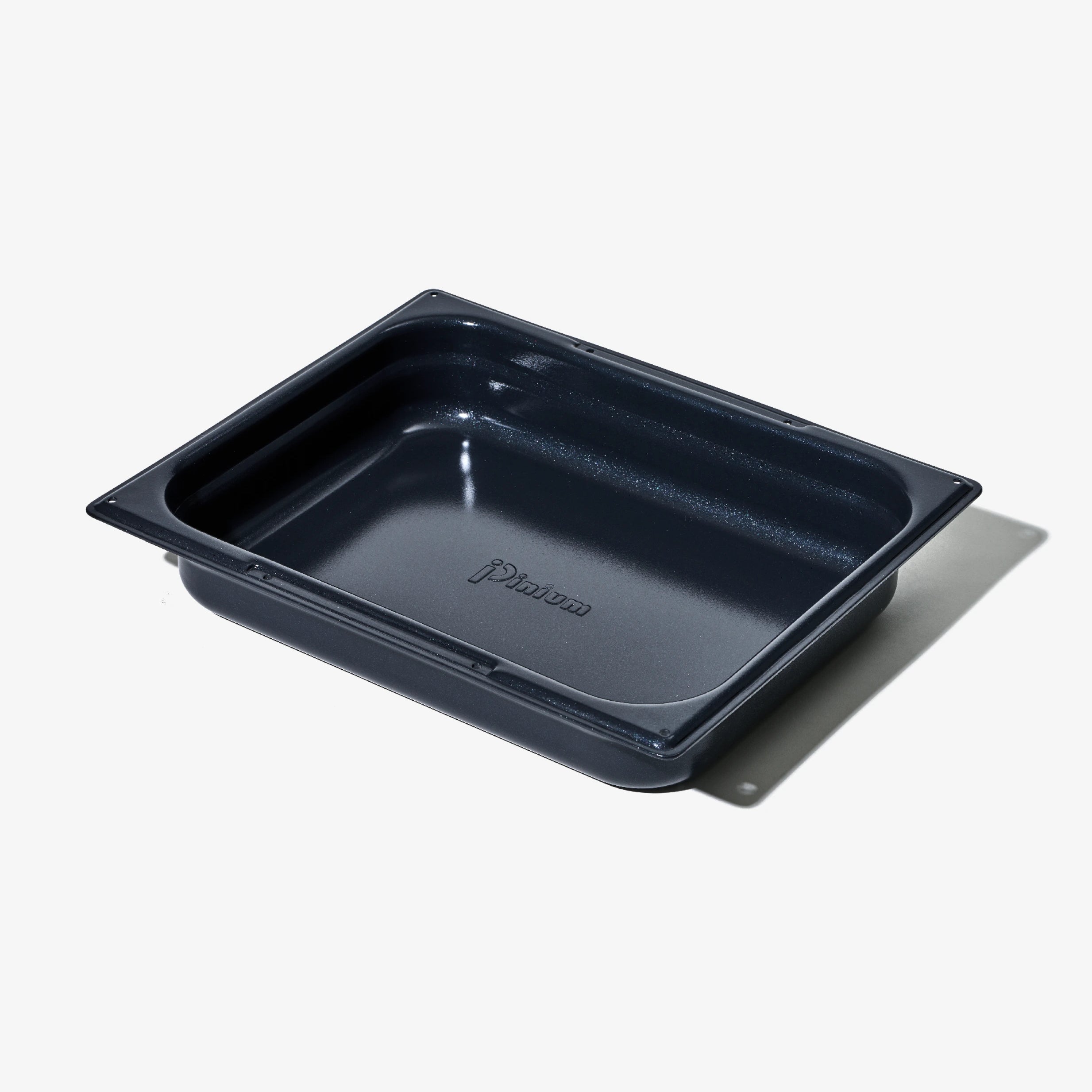
Perfect for crispy vegetables, chicken, casseroles, and lasagna
From 657 SEK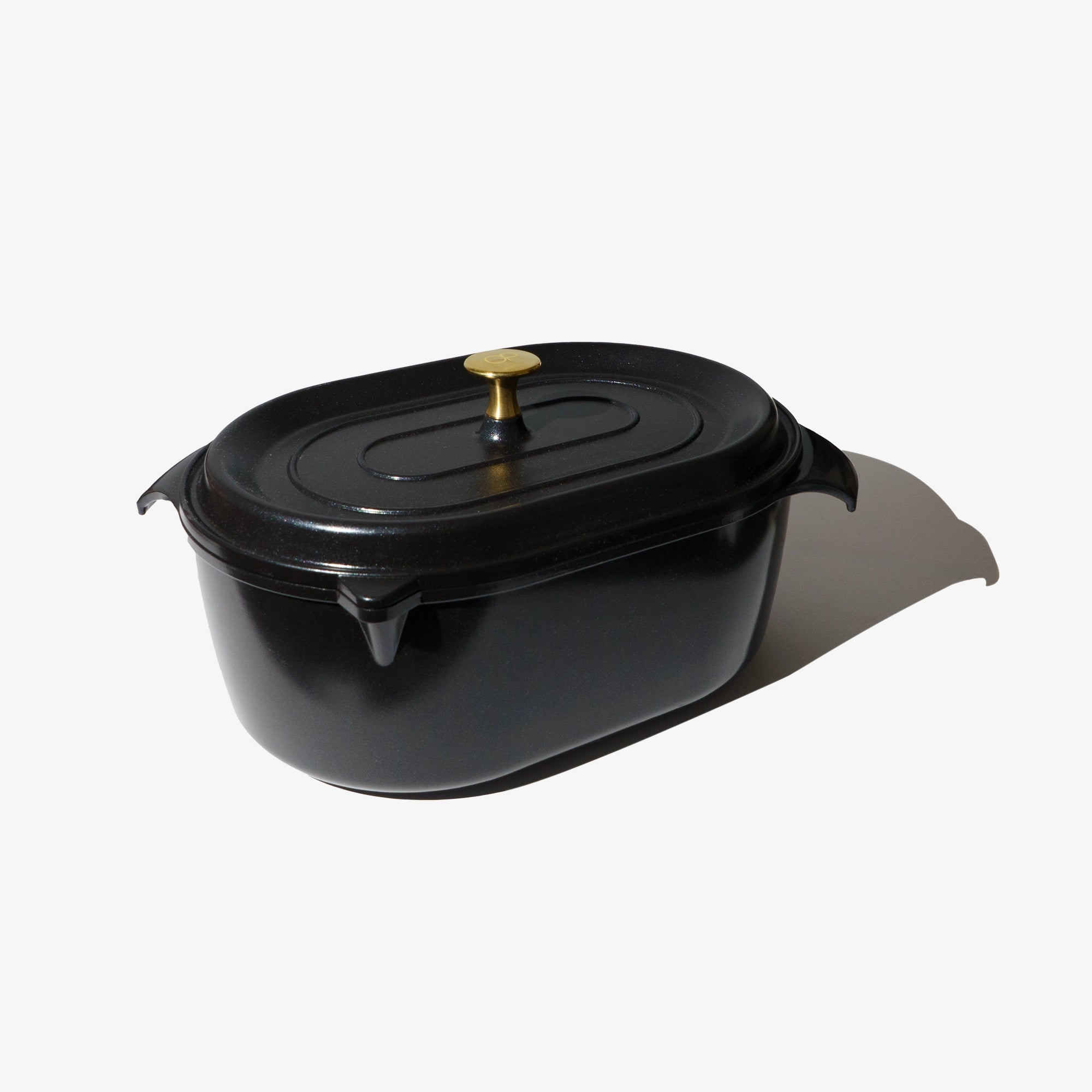
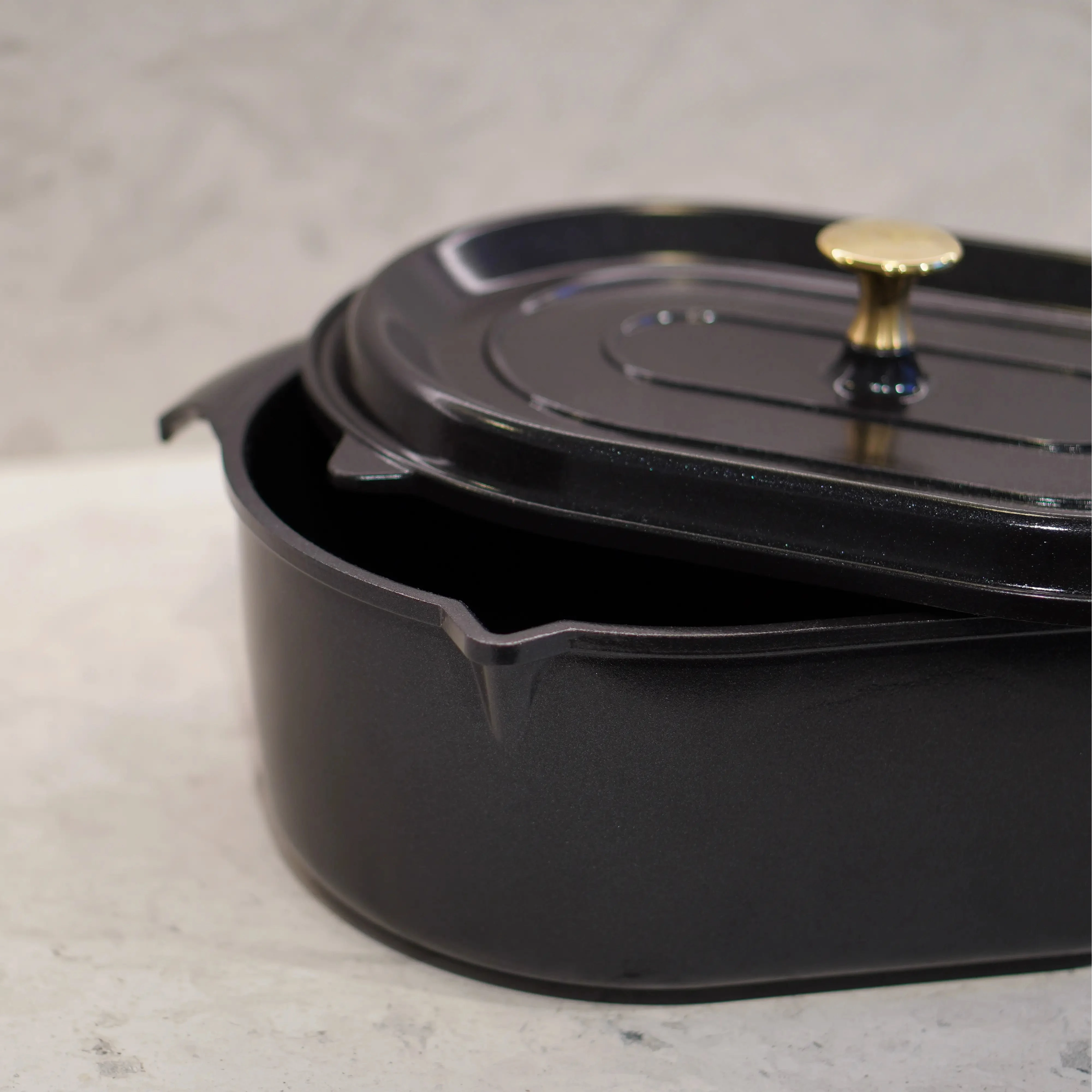
Perfect for slow cooking, soups, family dinners, and festive occasions
1 752 SEK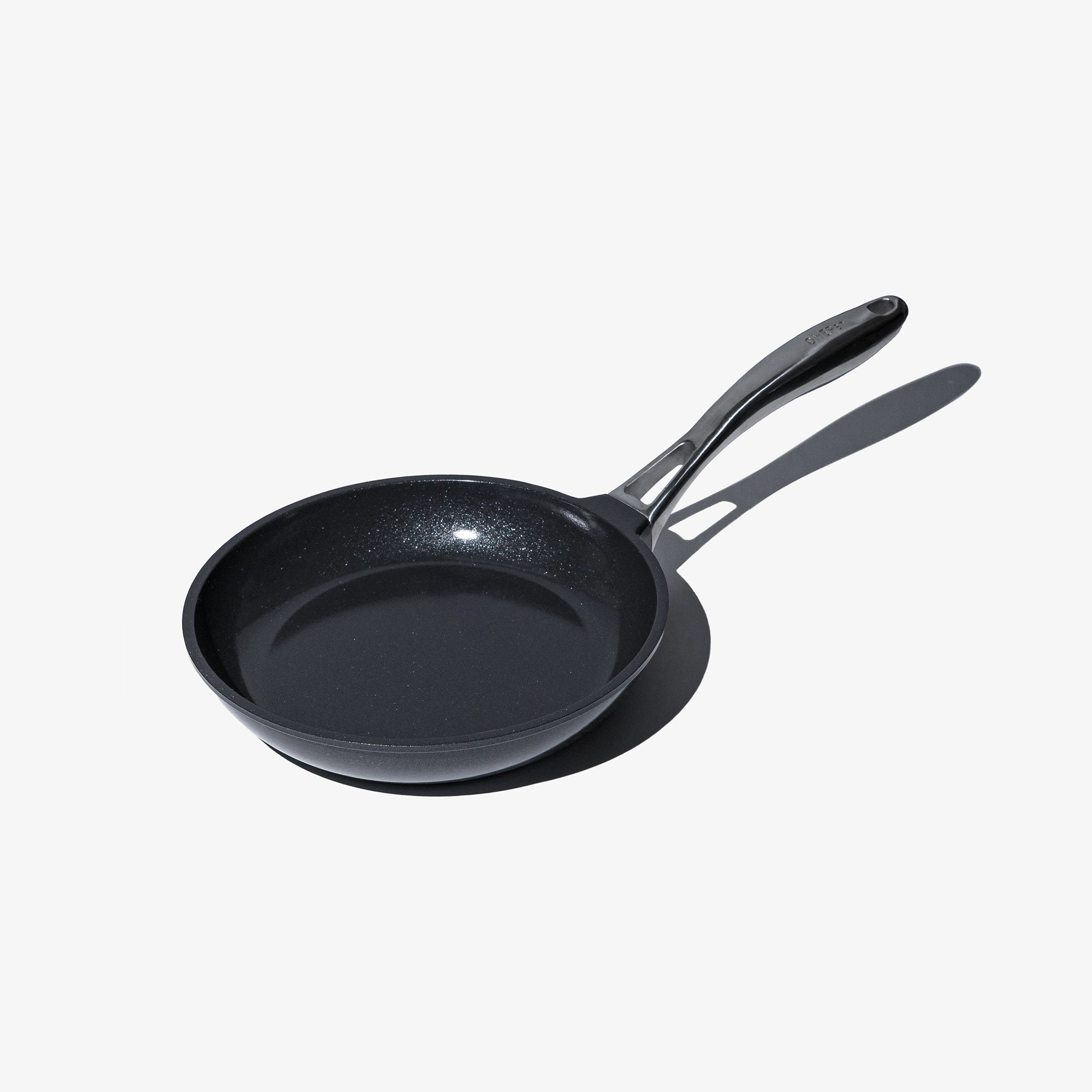

Perfect for omelets, pancakes, and small portions
1 101 SEK
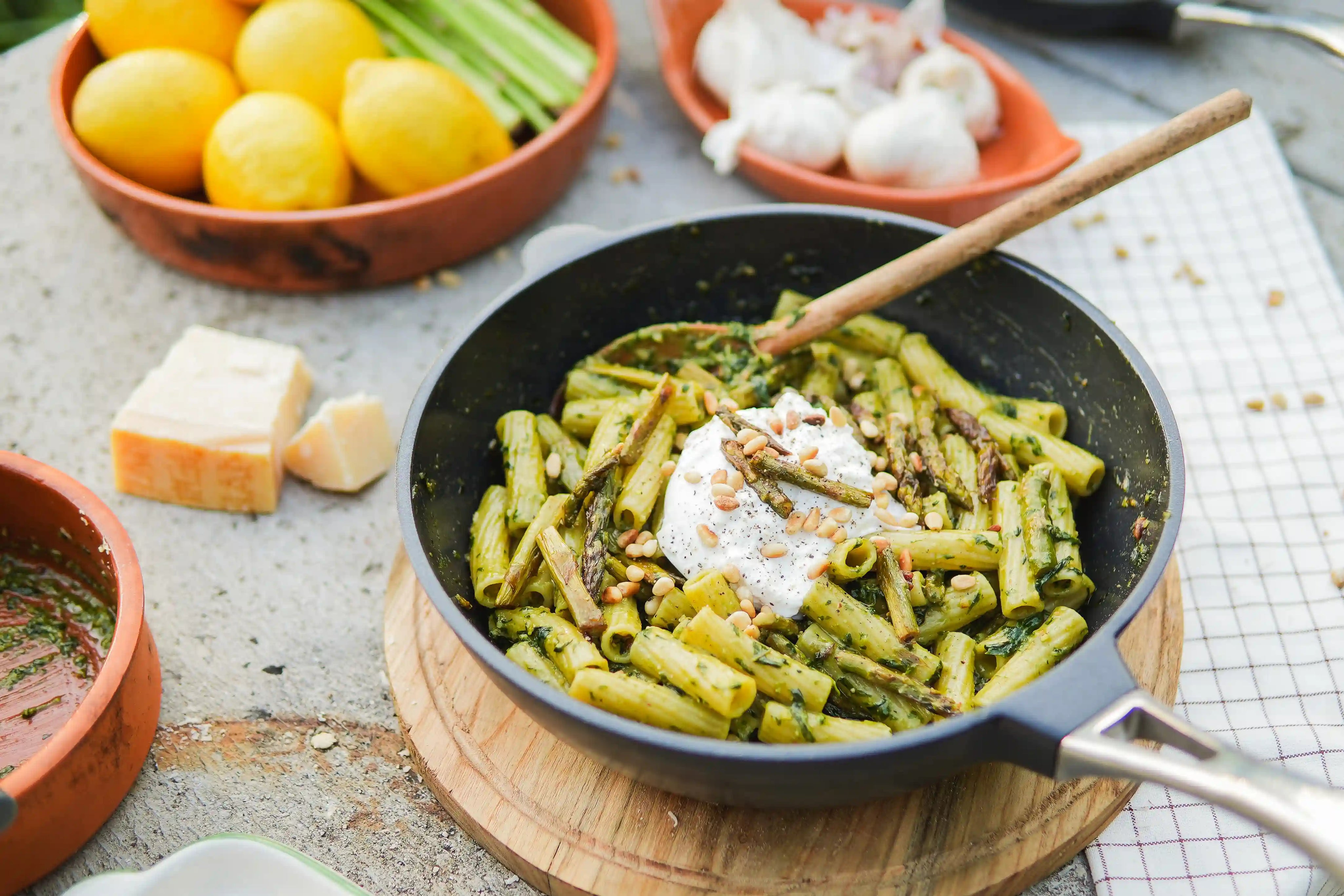
Perfect for pasta, stews, and popcorn
1 611 SEK


